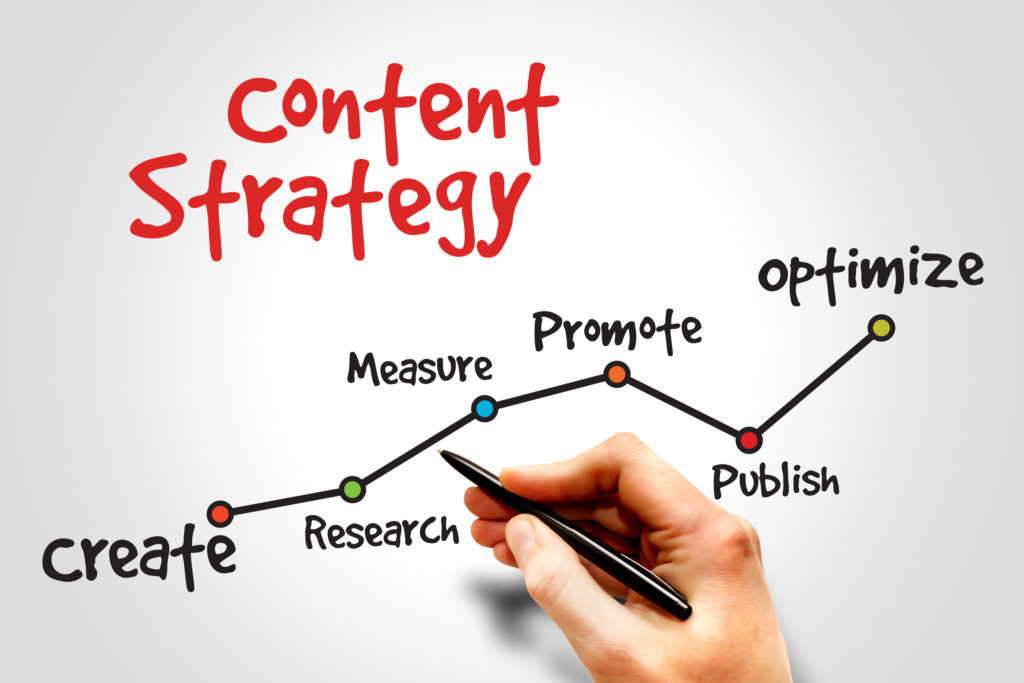Introduction
In today’s fast-paced and competitive business environment, staying ahead of the competition is critical for long-term success. One of the most effective ways to understand your market position and make informed decisions is by conducting a competitive analysis. A competitive analysis helps businesses identify their strengths and weaknesses in comparison to their competitors, uncover opportunities for growth, and develop strategies to differentiate themselves.
In this article, we will explore what competitive analysis is, why it is important, the steps involved, and how businesses can use it to enhance their market positioning and drive growth.
What is Competitive Analysis?
Competitive analysis is the process of identifying, evaluating, and understanding the strengths, weaknesses, opportunities, and threats (SWOT) posed by your competitors in the marketplace. By examining both direct and indirect competitors, businesses gain insights into their products, services, pricing, marketing strategies, customer base, and overall market performance.
A thorough competitive analysis provides valuable information about how your business compares to others in the industry and helps guide strategic decisions. Whether you are a startup or an established company, competitive analysis can help you anticipate trends, spot gaps in the market, and improve your competitive positioning.
Why is Competitive Analysis Important?
-
Identifying Market Trends and Opportunities: By analyzing competitors, businesses can uncover emerging market trends or gaps in product offerings that they can capitalize on. This insight helps companies identify new opportunities to innovate, expand, and meet the evolving needs of their target audience.
-
Understanding Competitor Strengths and Weaknesses: A inovavox.com/ allows businesses to understand their competitors’ strengths and weaknesses, which helps identify areas where they can outperform the competition. This can lead to improvements in product features, customer service, pricing strategies, or marketing efforts.
-
Improving Product and Service Offerings: Through competitor analysis, businesses can benchmark their products and services against others in the market. This can highlight areas for improvement, whether it’s in terms of quality, design, functionality, or customer experience.
-
Informed Decision-Making: Competitive analysis provides data that helps businesses make more informed decisions regarding pricing, marketing, product development, and sales strategies. By understanding how competitors are performing and what their customers value, businesses can refine their approaches to meet market demands effectively.
-
Gaining a Competitive Edge: Ultimately, competitive analysis is about gaining a strategic advantage. Businesses that continuously monitor and adapt to the competitive landscape are better equipped to adjust their strategies, stay relevant, and outperform their rivals.
Types of Competitors to Analyze
When conducting a competitive analysis, it’s important to consider both direct and indirect competitors.
-
Direct Competitors:
These are companies offering similar products or services to the same target audience. They operate in the same market space and compete for the same customers. For example, if you’re running a coffee shop, your direct competitors would be other local coffee shops in your area. -
Indirect Competitors:
Indirect competitors may offer different products or services but still compete for the same customer base or solve similar problems. For example, a tea house could be considered an indirect competitor to your coffee shop, as they target similar customer preferences and lifestyle choices. -
Emerging Competitors:
Emerging competitors are new players entering the market or disruptive companies that might present future challenges. While they may not be direct competitors yet, it’s important to keep an eye on their growth trajectory and the potential impact they could have on your business.
Key Components of Competitive Analysis
To conduct an effective competitive analysis, businesses need to evaluate several aspects of their competitors. Below are some key components to consider:
-
Product or Service Comparison: Assess the products and services offered by your competitors, including their features, quality, pricing, and value proposition. Understanding how competitors position their products will help you identify any differentiating factors and areas where you can improve.
Key Questions to Ask:
- What are the unique selling points of their products/services?
- Are there any gaps in their product offerings that your business can fill?
- How do their products perform in comparison to yours?
-
Pricing Strategy: Pricing is a crucial factor in competitive analysis. Businesses must understand how their competitors price their products or services and determine whether their pricing strategy is competitive. This information can help in pricing your offerings more effectively and adjusting to market conditions.
Key Questions to Ask:
- How do competitors price their products or services?
- Are they offering discounts or promotions that attract customers?
- How does your pricing compare in terms of value and competitiveness?
-
Market Positioning: Competitors’ positioning refers to how they present themselves in the market and how they differentiate their brand. A company’s brand image, messaging, and reputation play a key role in shaping customer perceptions.
Key Questions to Ask:
- How do competitors position their brand in the market?
- What is their target audience, and how do they communicate with them?
- What brand attributes do competitors emphasize (e.g., luxury, affordability, sustainability)?
-
Marketing and Advertising Strategies: Analyzing competitors’ marketing and advertising strategies is essential to understand how they promote their products or services. By examining their channels, tactics, and messaging, businesses can identify opportunities to improve their own marketing efforts.
Key Questions to Ask:
- What marketing channels are competitors using (e.g., social media, paid advertising, content marketing)?
- How do they engage with their audience?
- Are they leveraging any particular marketing tactics, such as influencer partnerships, email marketing, or loyalty programs?
-
Customer Base and Loyalty: Understanding competitors’ customer base helps businesses assess who their customers are and what they value. Competitor analysis also reveals customer satisfaction levels and any weaknesses in their customer relationships that you can capitalize on.
Key Questions to Ask:
- Who are the competitors’ customers (demographics, psychographics)?
- What do customers like or dislike about competitors’ products/services?
- Are there any patterns of customer complaints or concerns that your business can address?
-
Strengths and Weaknesses: Every competitor has its strengths and weaknesses. Analyzing these will help you identify areas where you can outperform them. Strengths could include superior product quality, a strong brand, or efficient supply chain management. Weaknesses could include poor customer service, lack of innovation, or inefficient processes.
Key Questions to Ask:
- What are the competitors’ key strengths in the market?
- Where do they fall short, and how can your business exploit these weaknesses?
- Are there emerging trends or technologies that competitors are not fully capitalizing on?
-
Technology and Innovation: In many industries, technology plays a major role in a company’s ability to innovate and stay ahead. Evaluating how competitors utilize technology, automation, and innovation can offer insights into their operations and future strategies.
Key Questions to Ask:
- How are competitors leveraging technology to enhance their products/services?
- Are they adopting any innovative practices or technologies that could disrupt the industry?
- How does your technological capability compare to theirs?
Steps for Conducting a Competitive Analysis
-
Identify Your Competitors: Start by listing both direct and indirect competitors. Research their market presence and identify the businesses that you are competing with for the same customers.
-
Gather Information: Use various sources to collect data about your competitors, including their websites, social media pages, financial reports, press releases, and customer reviews. You can also use competitor analysis tools and third-party research services.
-
Evaluate Competitor Strengths and Weaknesses: Assess the data you’ve gathered to identify each competitor’s strengths, weaknesses, opportunities, and threats. This SWOT analysis will help you pinpoint areas where you can capitalize on their weaknesses and areas where you need to improve.
-
Analyze Customer Feedback: Look at customer reviews, feedback on social media, and testimonials. Understand what customers like and dislike about competitors’ products or services and see if there are unmet needs that your business can address.
-
Monitor Market Trends: Keep an eye on emerging trends and innovations that could disrupt the competitive landscape. Use market research reports, trade publications, and industry events to stay informed about shifts in the market.
-
Develop a Strategic Response: Based on your findings, create a competitive strategy to improve your market position. This could include adjusting pricing, refining your marketing efforts, enhancing your product offerings, or finding ways to improve customer experience.
Conclusion
Competitive analysis is a crucial component of a successful business strategy. By understanding your competitors, their strengths, weaknesses, and strategies, you can identify opportunities to differentiate your brand, improve your offerings, and ultimately gain a competitive advantage. Regularly conducting a competitive analysis ensures that your business remains agile, adaptable, and well-positioned for success in an ever-evolving marketplace.








